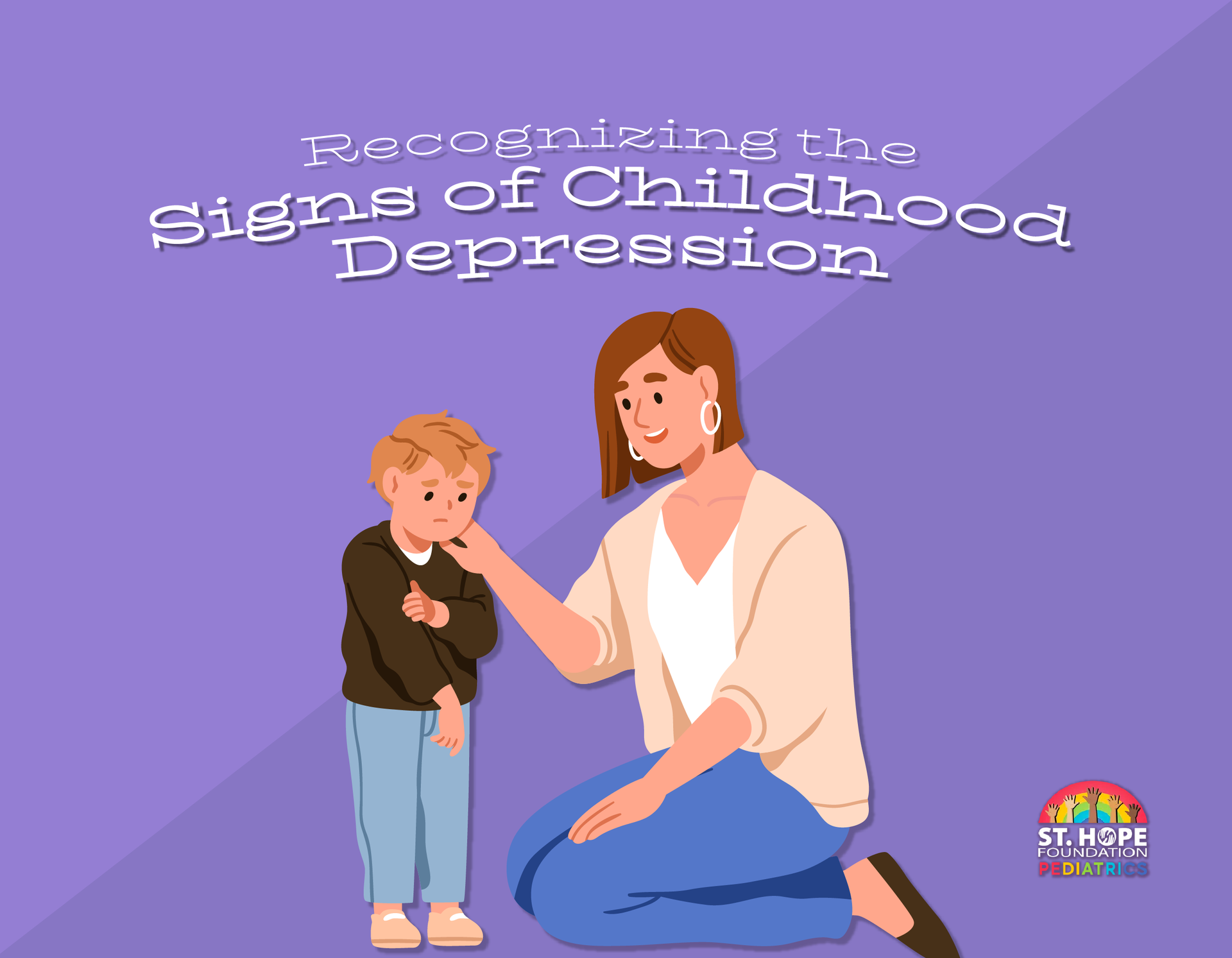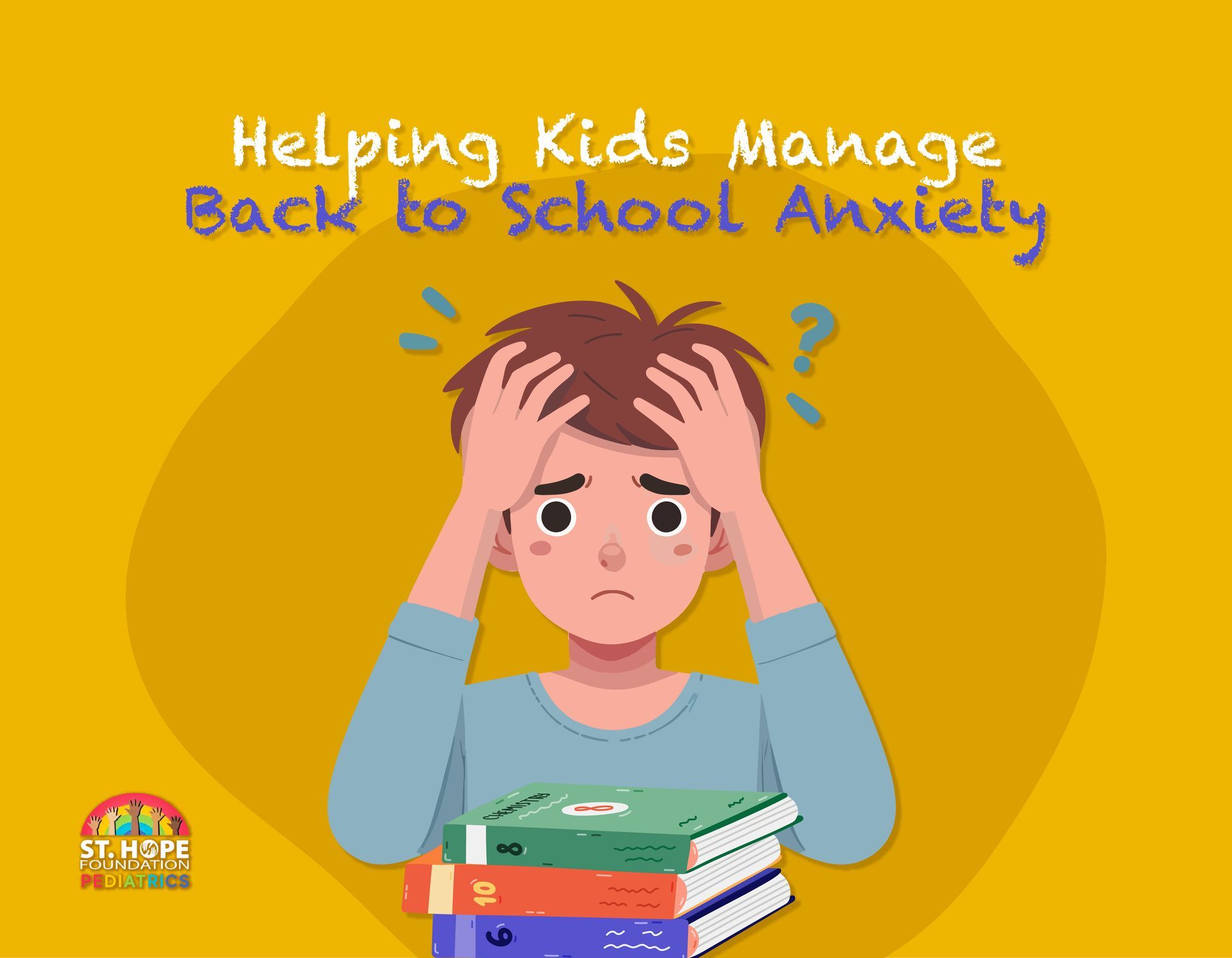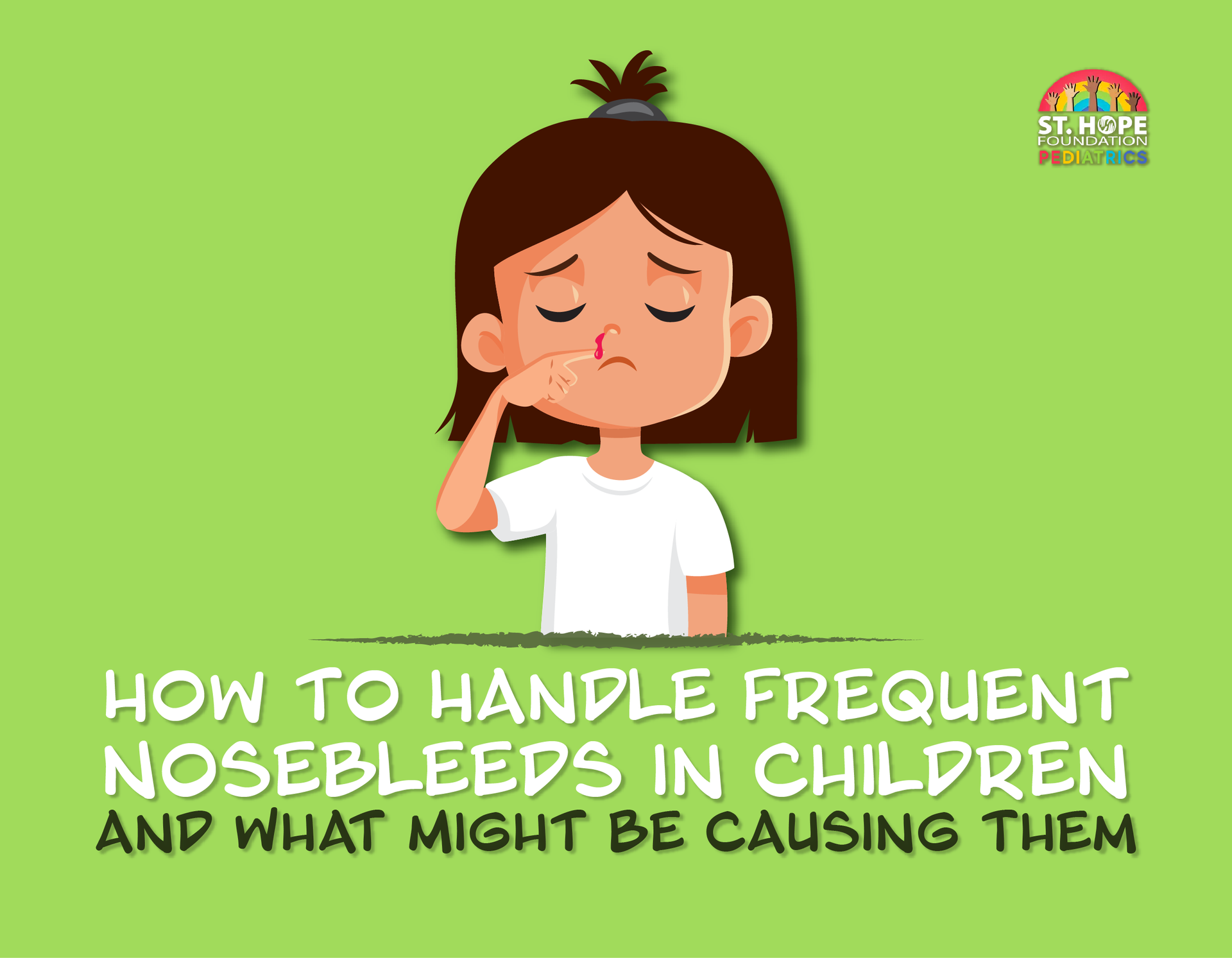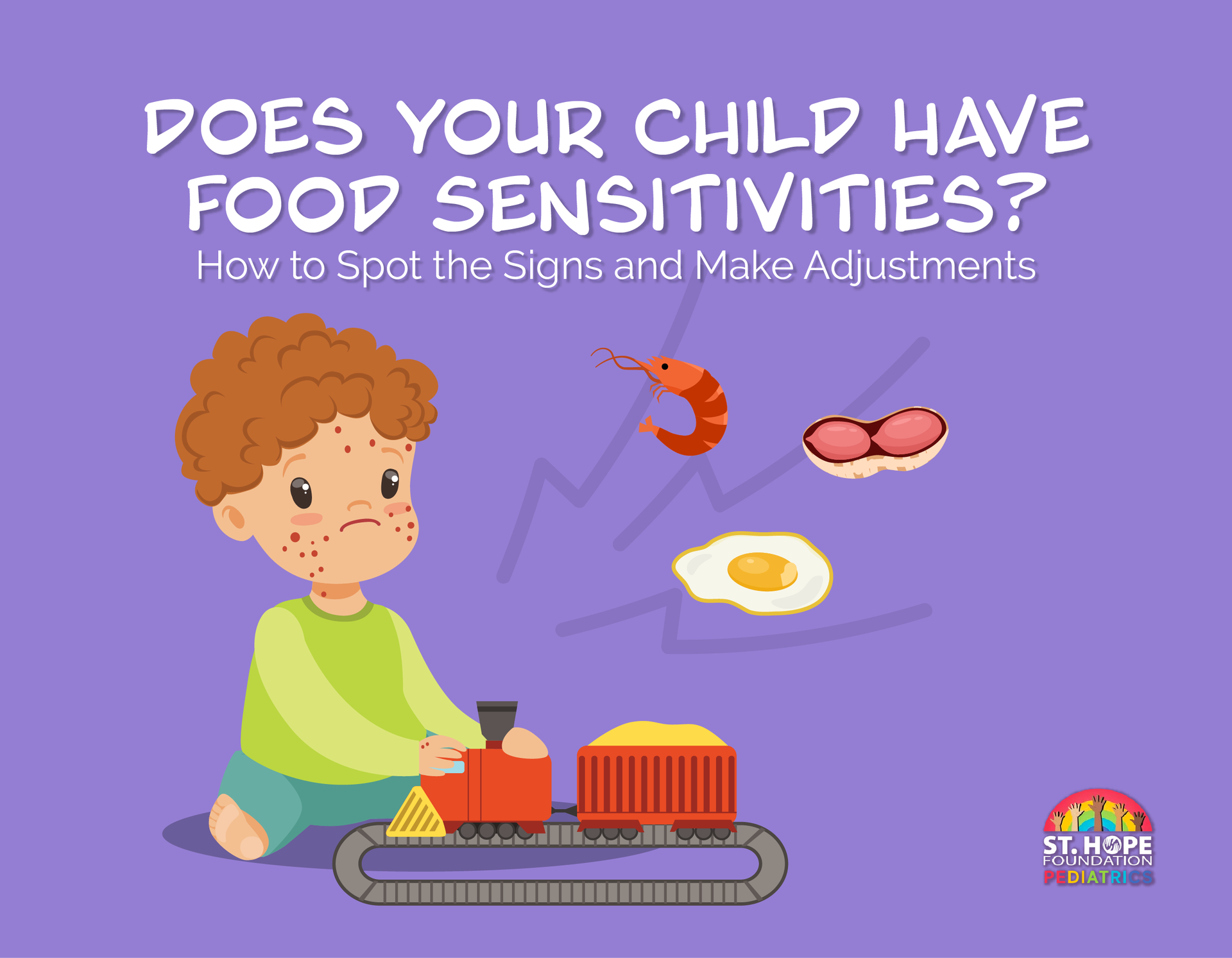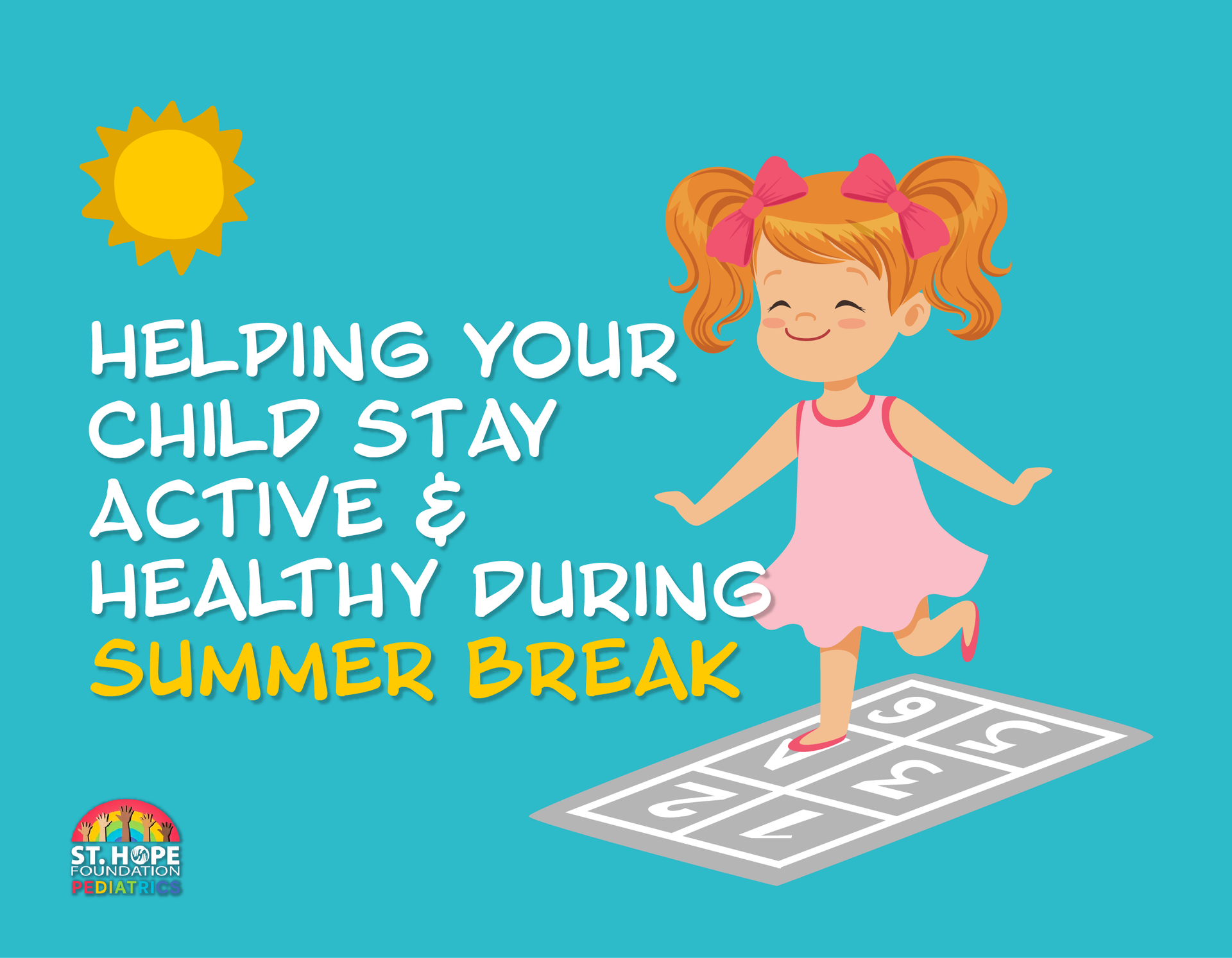
Keeping kids active is essential for their physical and mental well-being. Additionally, physical activity has been shown to improve focus, boost mood, and reduce stress and anxiety in children. Active kids also tend to sleep better, which is crucial for their development and energy levels.
The ultimate goal should be to establish a positive relationship between your child and physical activity. When children enjoy being active, they’re more likely to develop lifelong healthy habits.
Recommended Physical Activity by Age
- Infants (0 to 12 months): While structured exercise isn’t necessary for babies, they should have plenty of opportunities for tummy time, crawling and free movement throughout the day to help with muscle development.
- Toddlers (1 to 3 years): At least three hours of activity spread throughout the day, including active play, walking and climbing.
- Preschoolers (3 to 5 years): Around three hours daily, with at least 60 minutes of energetic play such as running, jumping and dancing.
- Children and Adolescents (6 to 17 years): A minimum of 60 minutes of moderate to vigorous activity per day, including aerobic exercise, muscle strengthening and bone-strengthening activities at least three times per week.
Fun and Engaging Ways to Keep Kids Active
Encourage Play-Based Movement
Kids are naturally energetic, so providing opportunities for unstructured play is one of the best ways to keep them active. Games like tag, hide-and-seek and obstacle courses encourage movement while keeping things fun.
Get Involved as a Family
Children are more likely to be active if they see their parents and siblings participating too. Family bike rides or hikes can turn exercise into quality bonding time.
Explore Sports and Group Activities
Organized sports, dance classes, martial arts and gymnastics provide structured ways for kids to stay fit. If a child isn’t interested in team sports, individual activities like swimming or rock climbing can be great alternatives.
Limit Screen Time and Encourage Outdoor Play
Reducing sedentary time makes it easier for kids to stay active. Encourage outdoor play by going to the park, setting up backyard activities or letting kids explore nature.
Make Movement Part of Everyday Life
Simple changes—like walking or biking instead of driving short distances, taking the stairs or doing household chores together—add extra movement into a child's routine without feeling like structured exercise.
Adapting Activities to Different Interests and Abilities
Not every child enjoys the same types of exercise, so it's important to find activities that suit their personality and abilities. Some children thrive in competitive team sports, while others prefer creative movement like dance or yoga.
Kids with sensory sensitivities or physical challenges may benefit from activities like water-based exercise, adaptive sports or simple movement games that allow them to participate at their own pace.
The key is to encourage activity in a way that makes them feel confident and engaged.
How to Keep Kids Motivated to Stay Active
Encouraging kids to stay active long term is more difficult in the age of smartphones and social media. If they start losing interest in a sport or activity, try switching things up by introducing a new game, sport or outdoor adventure.
Allowing kids to have a say in what activities they participate in can also make them more invested. Social motivation is another key factor—children are more likely to stay active if they’re playing with friends, joining a team or engaging in activities with family members.
Finding a Balance Between Screens and Outdoor Activity
With screens playing such a major role in children’s lives—whether for school, socializing or entertainment—encouraging physical activity without making kids feel disconnected from their peers can be a challenge.
Parents who don’t want to enforce a strict ban on devices may want to establish a healthy balance between screen time and movement. Setting realistic limits, such as designated tech-free times, can help ensure kids have opportunities for both digital engagement and physical play.
One potential way to bridge the gap is by incorporating technology into outdoor activities. Gamified fitness apps, like step challenges, and augmented reality games can make time outdoors feel more interactive.
Parents can also encourage kids to invite friends for outdoor play, biking or hiking, reinforcing that physical activity is both fun and social. By framing exercise as an enjoyable part of their day rather than a forced break from screens, children are more likely to embrace an active lifestyle while staying connected with their peers.
Get Advice on Your Child’s Health and Wellness Practices in Houston
Our pediatricians at St. Hope Pediatrics understand the challenges busy parents face in helping their children stay active, safe and healthy. In addition to providing wellness services and treatments for childhood ailments, our Houston pediatricians can also provide customized advice based on your child’s unique health needs. Call us at (713) 778-1300 to schedule an appointment.


